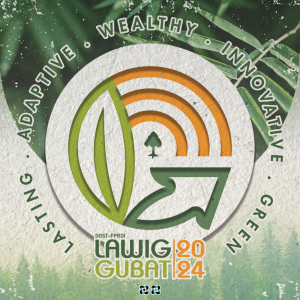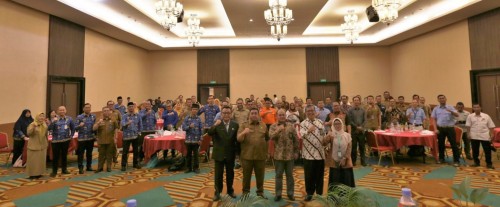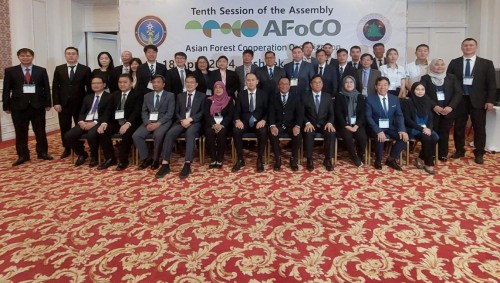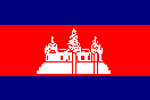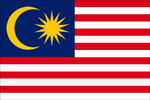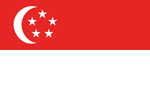APEC Delegation Visits the World's Largest Xylarium in Indonesia Indonesia | 26/04/2024

Indonesia received a visit from the Asia-Pacific Economic Cooperation (APEC) delegation to Xylarium Bogoriense on April 25, 2024, to strengthen networks in the Asia-Pacific region. Xylarium Bogoriense is the largest xylarium in the world. It was founded in 1915 in Bogor and has an authentic wood collection of over 6,000 species. Xylarium Bogoriense remains the main reference in Indonesia for identifying wood species to date. These services are received by the Center for Standardization of Sustainable Forest Management Instruments (PuSTARhut) through the Lignocellulosic Anatomy Laboratory, which is accredited to ISO 17025:2017.
APEC is a regional economic forum founded in 1989 to increase interdependence, which continues to grow in the Asia-Pacific region. One of the APEC activities focuses on overcoming illegal logging and illegal timber trade and promoting sustainable forest management through the Expert Group on Illegal Logging and Associated Trade (EGILAT).
The delegation from APEC was welcomed by Dr. Wening Sri Wulandari (Director of PuSTARhut) and Dr. Ratih Damayanti (the Director of Scientific Collection Management at the National Research and Innovation Agency (BRIN)), who is also one of the project overseers of APEC EGILAT 02 2022. A total of 40 delegates, consisting of academics, practitioners, and government elements, showed enthusiasm for examining the largest collection of authentic wood in the world, which belongs to Indonesia. Paul Marai, a delegate from Papua New Guinea, stated they have a xylarium in their country. However, the wood collection is limited, so they are pleased to be able to visit Indonesia to see how the wood collection is managed.
This visit to Xylarium Bogoriense is part of a series of workshop activities entitled Developing Integrated Timber Data to Enhance Legal Timber Trade of APEC through Xylaria Networking, which took place on Tuesday, April 23, 2024.
The workshop, which lasted for three days, was an opportunity to exchange information for member countries regarding the management of authentic wood collections and their use for species identification and the development of standardized instruments to assist the wood identification process in the field. PuSTARhut, which is also in the process of updating the AIKO-KLHK application, continues to strive to develop this good network in an effort to encourage sustainable management of forest resources.



